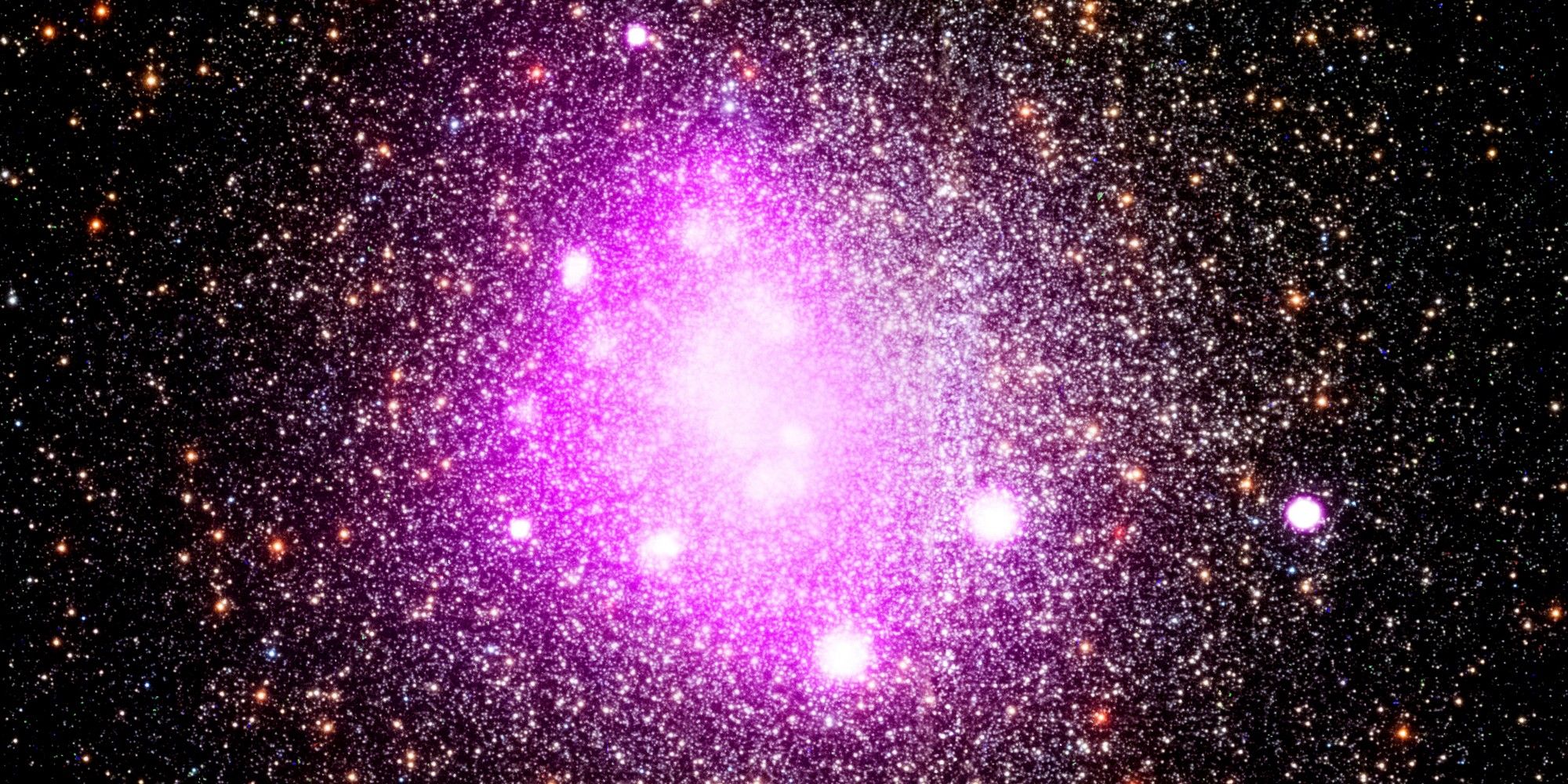NASA’s Hubble Space Telescope has assisted the discovery of white dwarfs that have a thin layer of hydrogen burning on their surface, a process that slows down their aging and challenges the very method of calculating the age of stars. In the field of astronomy, a white dwarf is considered to be the last evolutionary stage for a vast majority of stars in the solar system. A star is said to reach the white dwarf stage when nuclear fusion stops at its core, which means it can no longer produce energy to sustain itself. It will keep radiating energy and starts to cool down, while also slowly reducing its light production and becomes harder to spot.
Over time, its core starts to crystallize and it will eventually reach a theoretical stage known as a black dwarf, while the giant stars collapse into a black hole. But prior to that, the white dwarf loses its envelope of hydrogen and all that remains is the naked core which keeps getting cooler over time. This phenomenon has been so universally observed that astronomers use their loss of luminosity and cooling rate to calculate the age of a white dwarf. In fact, this function of cooling rate has been adopted as a sort of cosmic chronometer to calculate the age of not just stars, but whole clusters in a galaxy. However, this latest discovery challenges the whole concept of white dwarf aging and how accurate this standard of cosmic clock actually is.
A study led by astronomers and astrophysics experts from the Physics and Astronomy Department of the University of Bologna reveals an unusual discovery involving white dwarfs with a stable thermonuclear activity on their surfaces. And thanks to that activity, courtesy of a thin residual layer of hydrogen, these white dwarfs get an extra energy boost that is delaying the cooling and dimming process. Or in simple words, these abnormal white dwarfs are aging slower than other white dwarfs observed so far. More importantly, it changes the very concept of the cosmic clock that relies on the cooling of white dwarfs, and also the existing theory that a white dwarf lacks an external hydrogen envelope.
A Discovery That Challenges Existing Knowledge Of White Dwarfs

Using the revived Hubble Space Telescope (HST), scientists observed two globular clusters — M3 and M13 — which are so similar that they are called twins. Scientists used Hubble’s Wide Field Camera 3 to study M3 and M13 at near-ultraviolet wavelengths. It was observed that the M3 cluster consists of ordinary white dwarfs cooling at an ordinary pace, while the M13 cluster is home to two types of white dwarfs. Further analysis revealed that 70 percent of the white dwarfs in the M13 cluster show Hydrogen-driven thermonuclear activity on their surface. What this means is these white dwarfs have a source of energy that is slowing down their aging process. Or to put it simply, they are dying at a significantly slower rate.
The discovery has major implications as experts have failed to pinpoint exactly what is causing this anomalous behavior. So far, astronomers have used the predictable cooling rate of white dwarfs as a means to calculate the age of a star cluster, especially the globular and open clusters. However, the discovery of these weird white dwarfs poses a challenge that age estimates for these stars might be off by a huge margin. Scientists are now aiming to study more clusters similar to M13 to understand why some white dwarfs retain a layer of hydrogen on their surface that produces energy and acts as a fountain of youth to slow down their aging process. It looks like the folks over at NASA have another celestial mystery to crack.




